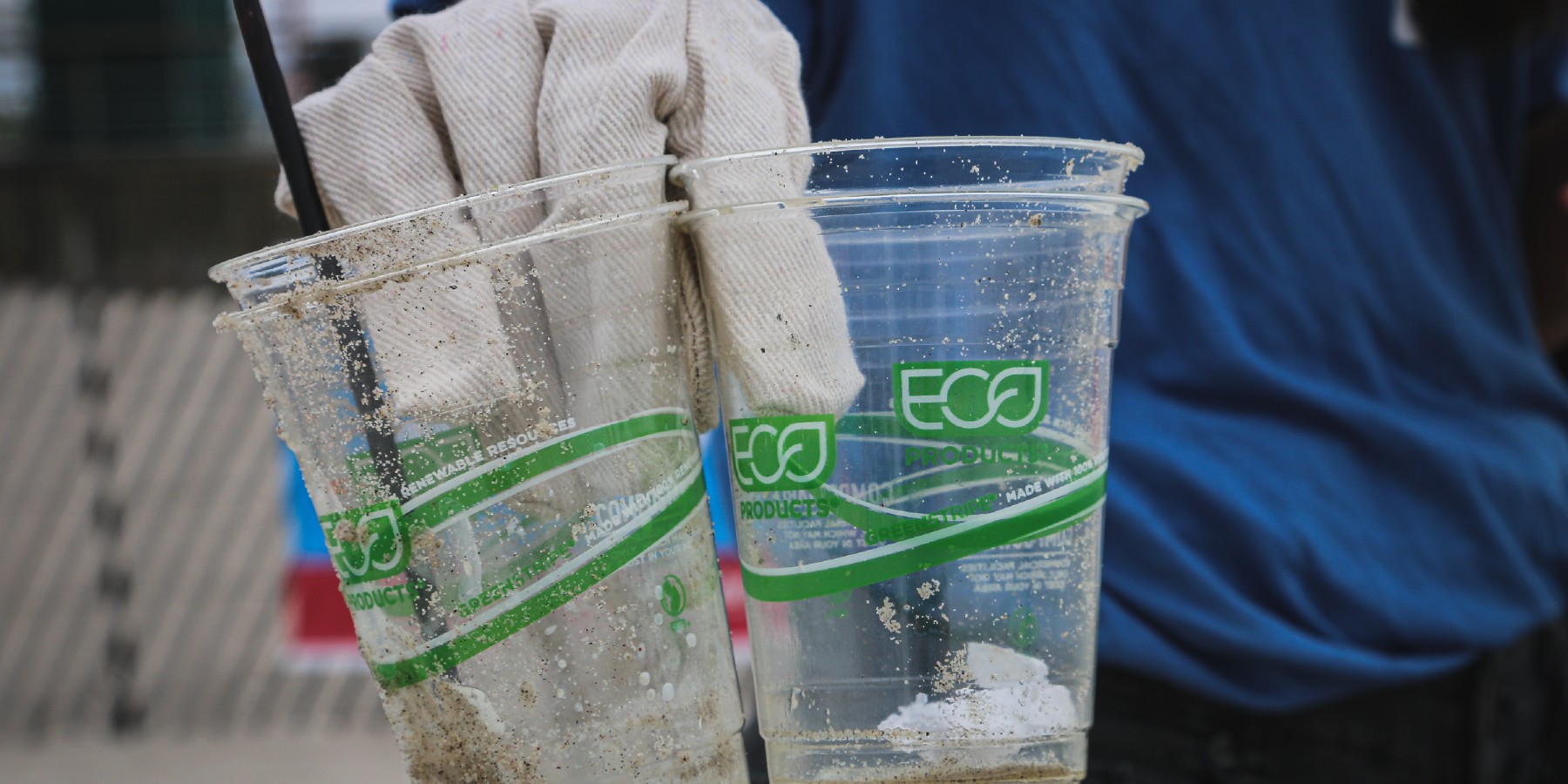The term sustainability is enjoying great popularity – but it’s been much more than a trend for some time. There is growing awareness of environmental, social and ethical responsibility. In every industry, companies are expected to act in an environmentally friendly, socially responsible and ethical way. More and more investors are not just seeking opportunities to generate returns, but are instead pursuing specific financial and sustainability goals when investing. Investors want to understand and have a greater say in the impact of their investment. They wish to ensure their assets are invested responsibly but without lowering their sights in terms of yield.


